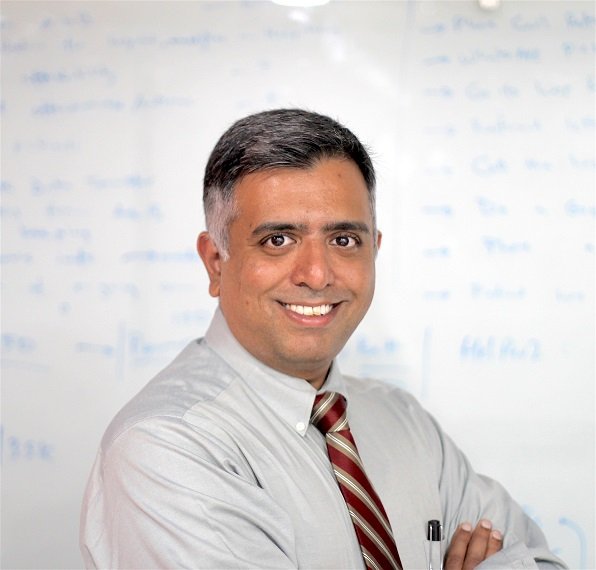Prompt diagnosis of Myocardial Infarction no longer ‘Mission Impossible’
December 23, 2019 | Monday | Features | By Dr Charit Bhograj
Our country has made tremendous strides in healthcare by reducing deaths due to communicable diseases

In the business world, time is money. But for cardiologists, ‘time is muscle’. This concept, first proposed by the brilliant Eugene Braunwald about 40 years ago, is to me an ideal expression of the value and necessity of timely intervention for patients experiencing a myocardial infarction (MI). Because we know that damage to the heart during an infarction occurs over a period of time rather than in an instant, there is a clear consensus on the need for quick reperfusion through the blocked vessel to reduce the size and the extent of the heart damage and save a patient’s life. Unfortunately, there is a big chasm between what is known and what actually takes place on the ground, which is why the burden of MI and ischemic heart disease continues to rise. As a cardiologist, I am firmly convinced that all physicians, no matter their speciality, should consider it their responsibility to diagnose MI quickly and ensure patients get the appropriate medical care as soon as possible.
The sooner the better!
In India, someone somewhere has an MI, or a heart attack, every 6 seconds. Moreover, people in India tend to have their first MI almost 5 to 10 years earlier than their Western counterparts. As cardiologists, many of us will agree that our patients seem to be getting younger and younger these days. Hearing of a young person succumbing to a heart attack, when still in their 30s, has lost the “shock value” that it once had, and this points to a serious problem: that despite all the medical advances in diagnosing and treating MI, patients still do not get the timely help they need.
Today, we know that the window for ‘quick’ intervention is smaller than the 3 hours that was originally proposed. Treatment should ideally be administered within the ‘golden hour’ after the presentation to a physician, particularly in the case of ST-elevation myocardial infarction (STEMI).
But in a country like India, this can be a tough ask. Lack of trained medical resources, the inadequate availability of trained professionals in rural and urban areas, and a poor health infrastructure can lead to delays in diagnosis and timely medical care. The average time from the onset of symptoms to the time they reach the hospital is approximately 360 minutes and from that point on, an additional 50 minutes are spent before the appropriate treatment is given, a far cry from the ‘golden hour’. Moreover, the physician at the point of care must not only diagnose an MI but also differentiate between a STEMI or non-STEMI myocardial infarction because of the critical difference is a minimally invasive procedure - Primary Angioplasty or pharmacological intervention that is required to save lives. How are we to shorten the gap between the time when a patient presents with symptoms, to the time when he/she receives treatment?
Technology makes it possible
I believe technology can provide the much-needed solutions here, and one such solution is the InstaECG by Tricog. InstaECG is a cloud-connected ECG machine, located in a doctor’s clinic, that can record a patient’s ECG instantly and shares the results with a dedicated ECG Response Team comprising cardiologists who review and analyse the data; and share the diagnosis with the remote physician within 6 minutes. This is the kind of technology solution we clearly need in India to drastically cut down the initial diagnosis and direct the patient to the nearest hospital or cardiologist for treatment. I also believe that this kind of technology lends itself well to the hub-and-spoke model where smaller primary health centres and clinics can be integrated with larger government hospitals or tertiary centres and expand high-quality healthcare outreach to areas where health services, particularly for cardiovascular diagnostic intervention, are still inadequate. Such innovative technologies are key to the nation’s overall goal to reduce the mortality linked to MI and coronary artery disease in India.
Our country has made tremendous strides in healthcare by reducing deaths due to communicable diseases and towards affordable healthcare for all. Its time we tackle the largest killer - Heart Disease.
Dr Charit Bhograj, Founder and CEO, Tricog










